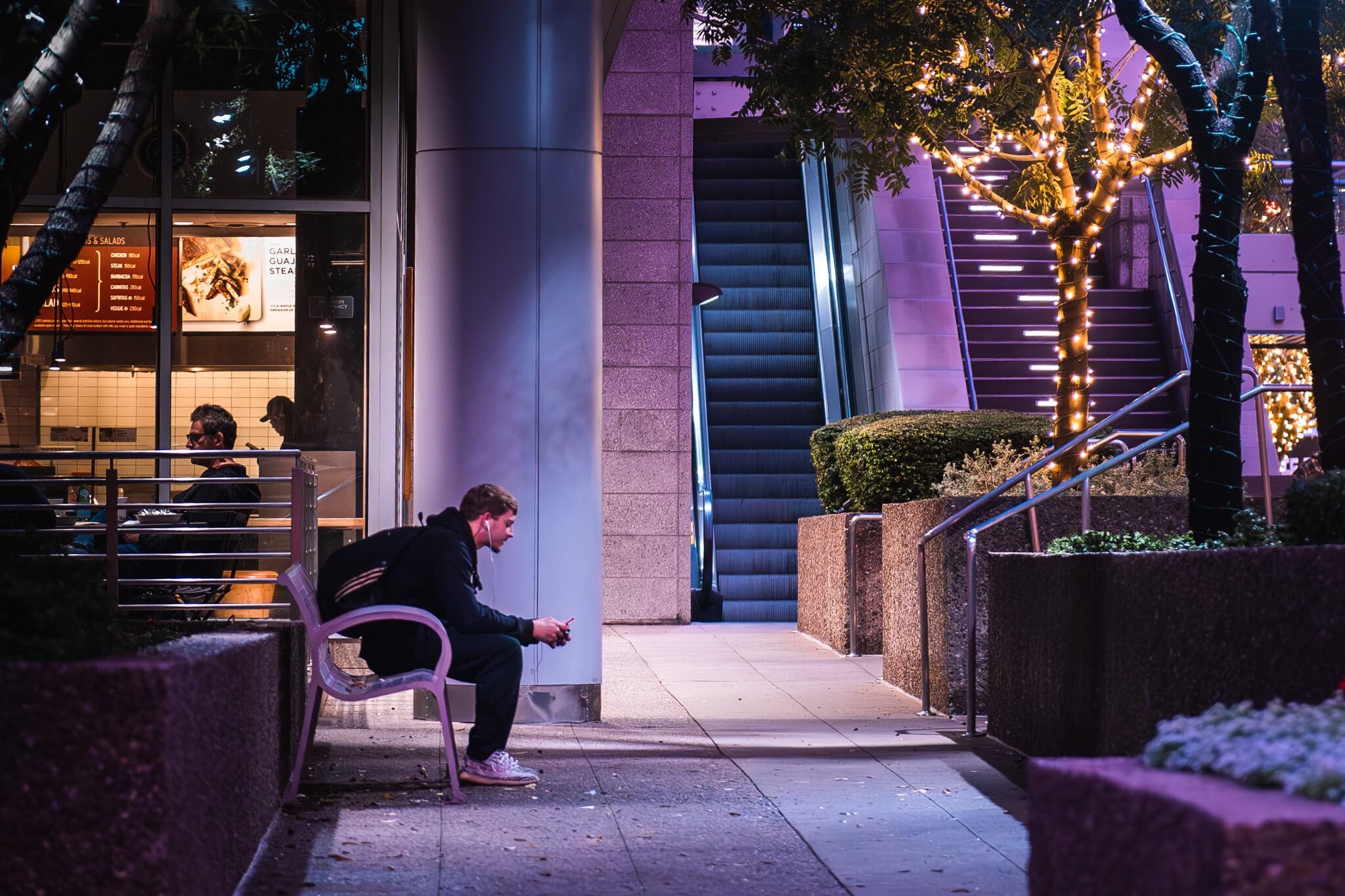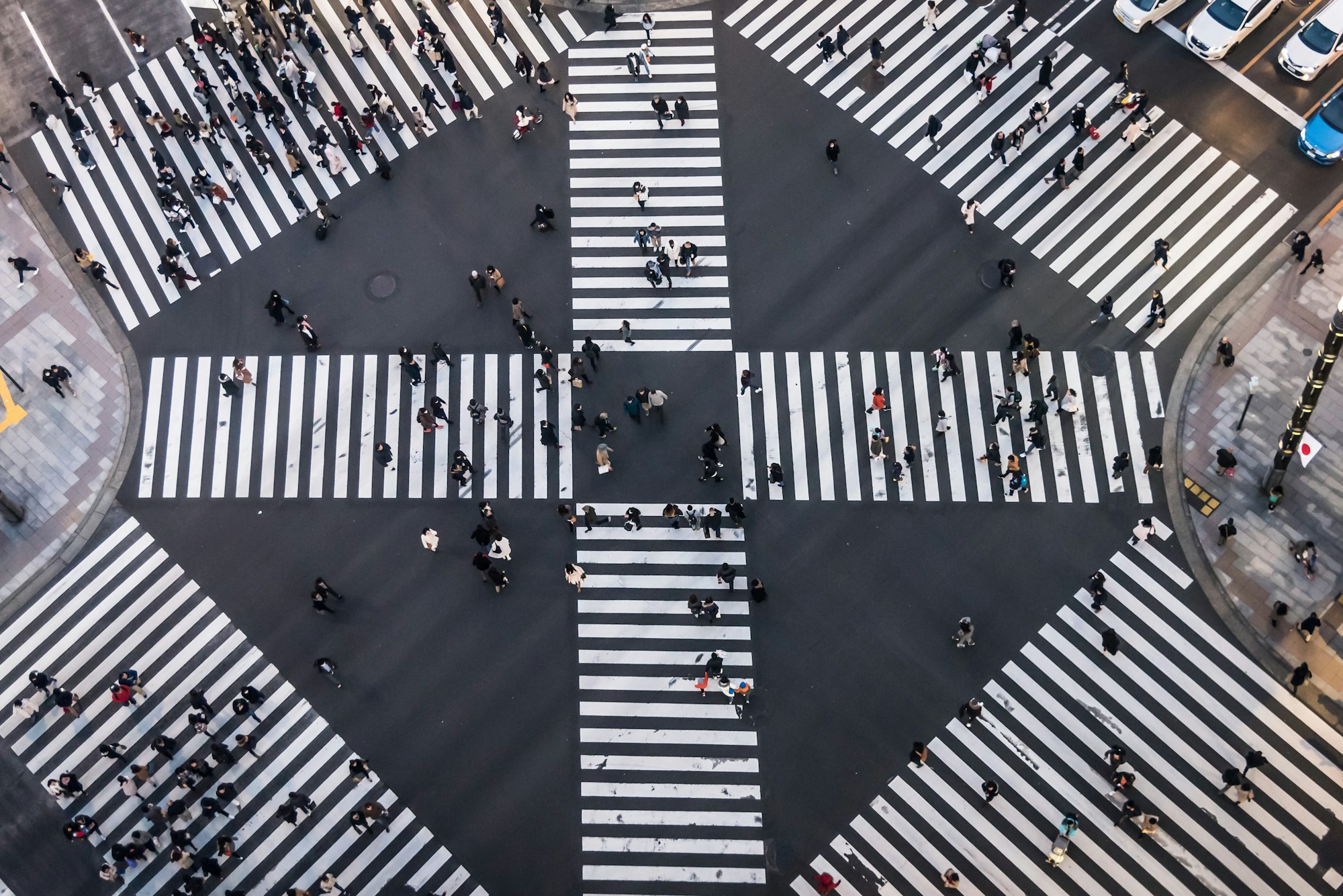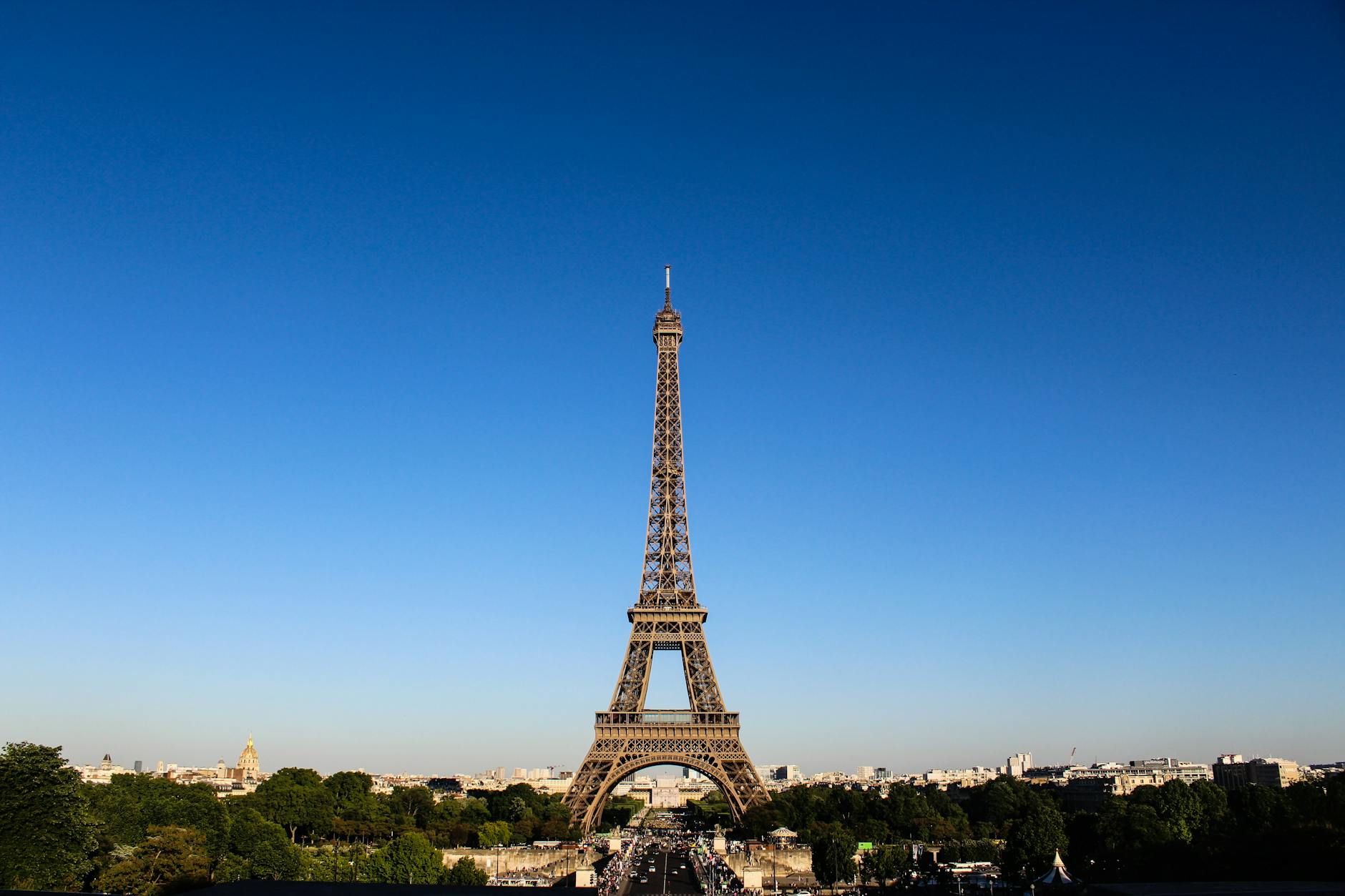
A Guide to Legal and Ethical Issues in Street Photography: Staying Respectful and Safe
Street photography is a popular genre that captures the essence of everyday life in public spaces. It often involves taking candid shots of strangers, which can lead to some unique and memorable images. But as street photographers, we must always be mindful of the legal and ethical issues surrounding our craft. In this blog post, I will share some of my own experiences and lessons learned, and offer guidance on how to navigate these complex issues in a respectful and safe manner.
Understanding the Legal Landscape
It's important to note that laws regarding photography in public spaces vary depending on your location. As a street photographer, it's your responsibility to familiarize yourself with the laws in your country and any countries you may be visiting.
In the United States, for example, taking photographs in public places is generally protected under the First Amendment, which guarantees freedom of speech and expression. However, there are certain situations where privacy laws may come into play, such as photographing people in their homes or other private spaces. In these cases, obtaining consent before taking the photograph is necessary.
In Europe, privacy laws can be more stringent, with some countries requiring consent from the subject before taking their photograph, even in public spaces. It's important to research the specific laws in each country to ensure you're adhering to local regulations.
Respecting Privacy and Boundaries
In addition to understanding the legal landscape, it's essential to be respectful of people's privacy and boundaries when taking street photographs. This can sometimes be challenging, especially when trying to capture candid moments.
One way to respect people's privacy is by not focusing on individuals who are in vulnerable situations or engaged in private activities. For example, it's generally not a good idea to photograph someone who is visibly upset or having an emotional moment, as this can feel invasive and exploitative. This also depends on the scenario, however, as these can be some of the most impactful photographs you take. Everything has a time and place so it's important to use your best judgement. It helps to ask yourself if you would mind if someone took your photo in that situation.
Another way to respect privacy is to avoid taking photographs that might be embarrassing or compromising for the subject. This could include photographs of people in revealing clothing or in awkward positions.
During a street photography session in my hometown, I noticed a man sitting on a bench, deep in thought. I wanted to capture the moment, but I hesitated, wondering if it would be intrusive. Ultimately, I decided to take the photo from a distance, using a longer lens to minimize any disturbance.

Gaining Consent When Necessary
In certain situations, it's best to ask for permission before taking a photograph of someone. This can not only help you avoid legal issues but also demonstrate respect for the person you're photographing.
When asking for consent, it's important to be polite and transparent about your intentions. You can explain that you're a street photographer and share a little about your project or the reason for taking the photo. This can help put the subject at ease and create a more positive interaction.
In my experience, people are often more receptive to being photographed when they understand the context and purpose of the image. On one occasion, I approached a group of street musicians to ask if I could take their photo. I explained that I was working on a project about street performers, and they were more than happy to participate. In fact, they even played an impromptu song for me to capture the moment!
Handling Confrontations
Even with the best intentions and efforts to be respectful, you may occasionally encounter confrontations when practicing street photography. It's essential to know how to handle these situations in a calm and respectful manner.
First, it's important to stay composed and avoid escalating the situation. If someone is upset or confrontational, try to empathize with their feelings and calmly explain your intentions as a street photographer. It can also be helpful to have a business card or a website to show your work and establish credibility.
If the person continues to be confrontational or aggressive, it's best to walk away and not engage further. Your safety and the safety of others should always be your top priority. In some cases, it may be necessary to delete the photograph if the person demands it, especially if it could lead to a dangerous situation.
I remember an incident where I took a photo of a street vendor, thinking it would showcase the vibrant atmosphere of the local market. However, the vendor was not pleased with my taking his picture and demanded that I delete it. Although I was disappointed, I respected his wishes and deleted the photo. In the end, it was more important to maintain a respectful interaction than to hold onto the image.
Sharing Your Work Responsibly
Once you've taken your street photographs, it's important to consider how you share them with the world. This involves thinking about the potential impact your images may have on the subjects and their lives, as well as the overall message you want to convey with your work.
When sharing your photographs online or in galleries, be mindful of the potential consequences for your subjects. Avoid sharing images that could be embarrassing, compromising, or potentially harmful to the person in the photograph. It's also a good idea to consider the context in which you're presenting the image, making sure it doesn't perpetuate stereotypes or contribute to negative portrayals of certain groups or communities.
In my own work, I always strive to present my subjects in a respectful and dignified manner, focusing on the humanity and unique stories behind each face. I believe that this approach not only creates more compelling and meaningful images but also fosters a deeper connection between the viewer and the subject.
The Importance of Self-Reflection
As street photographers, it's crucial to engage in self-reflection and consider the impact our work has on others. This involves examining our motivations, intentions, and the messages our photographs convey.
Ask yourself why you're drawn to street photography and what you hope to achieve with your images. Consider the power dynamics involved in photographing strangers, and think about ways to foster more equitable and respectful relationships with your subjects.
In my own journey, I've found that self-reflection has led me to be more intentional and empathetic in my approach to street photography. By constantly evaluating my motivations and practices, I've been able to create images that are not only visually compelling but also respectful and responsible.
To Recap
Navigating the legal and ethical issues in street photography can be challenging, but it's an essential part of being a responsible and respectful photographer. By familiarizing yourself with local laws, respecting people's privacy and boundaries, gaining consent when necessary, handling confrontations, sharing your work responsibly, and engaging in self-reflection, you can create compelling street photographs that tell meaningful stories while also maintaining a respectful and safe practice.

